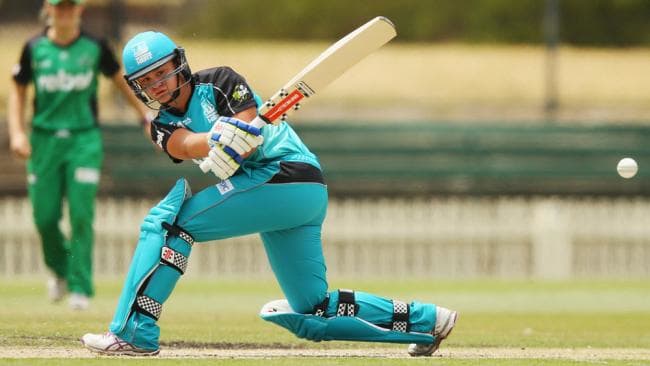Amidst fluctuating sales in the Performance Sportswear market over recent years, the category of Athleisure, has emerged as an anomalous beacon of consistent growth. Going beyond sales figures and market-share, Athleisure also represents a defining cultural trend – where fashion meets function – born from the converging demands of the fast-paced, style-conscious consumers of today. Looking the part has become as important as leading an active lifestyle, particularly for younger generations, and sporting apparel brands are doubling down on this sustained market movement that has proven to be far from the fad it was once thought to be.
Although the precise origins of ‘sport-casual’ apparel remain hotly contested, it’s worth noting the contribution of brands that served as the vanguard in tapping the burgeoning trend and seeding it’s phenomenal expansion. Nearly 20 years ago, Lululemon hit the market with ‘yoga pants’ – the first product of it’s kind to merge technical sportswear with a comfortable, aesthetic appeal; clothing that is as suited to the gym as it is the street. Since its inception, popularity and prominence of this product category exploded, with today’s market for activewear leggings alone in the tens of billions globally. Catalysed by – at least in part – Lululemon’s innovation in the space, this approach to clothing design spread beyond the female-focus to men’s sportswear and athletically-inspired footwear – both subcategories experiencing similar atypical growth rates. Athleisure has rapidly become a distinct category unto itself, with its recent inclusion as an official dictionary term cementing it’s proliferation and profundity in the sportswear space. The Australian Athleisure market has eagerly followed the lead of global brands (including Nike, Adidas and Under Armour) and their capitalisation in the United States, and much can be learned from the drivers behind the stalwart shift in buyer preferences;
Active Lifestyles
Across the globe, the last decade has seen a spike in the promotion of the fitness industry – particularly across social media – leading to a greater focus on healthy living. Athleisure products have carved out a unique niche in this cultural space, allowing consumers to both participate in sporting activities and portray their identities as active individuals; using clothing as a social statement.
Formal Fashion Pushback
Not only has Athleisure apparel pervaded fitness and casual settings as the clothing of choice, it has even become increasingly acceptable as a fashionable form of work attire. Many progressive workplaces – particularly within creative fields largely comprised of millennial professionals – welcome comfortable sportswear as an appropriate alternative to formal business wear.
Strategic Partnerships
Leading Athleisure brands are increasingly leveraging fitness and fashion influencers to boost the cultural clout of the category, and building loyalty through the follower bases of these social ambassadors. Celebrity endorsements of the Athleisure movement not only inspire consumers to participate in an active lifestyle, but also feel part of the community through the products that represent it.
These factors, among others, have seen many Australian brands make bold moves to secure a slice of the growing Activewear market pie – as predictions for further expansion show promise exceeding that of the more mature categories in the active apparel sector. And for those brands looking to break out from conventional performance sportswear and take a punt on Athleisure, a swap from technical runners to running-inspired sneakers might be all that’s needed to get a foot in the door.





 participated in by Australian adults are; walking (43.7%), Gym (32.7%), swimming (14.7%), jogging (15.7%) and cycling (11.8%). Continuing the historical trend, recreational walking remains the most popular practice for maintaining fitness, with over 9.1 million Australians throwing on their runners and undertaking vigorous strolls as their primary form of exercise. There also appears to be significant growth in the attendance of adults to gyms, health clubs and fitness classes, rising from approximately 6.5 million in 2016 to 7.1 million participants in 2018.
participated in by Australian adults are; walking (43.7%), Gym (32.7%), swimming (14.7%), jogging (15.7%) and cycling (11.8%). Continuing the historical trend, recreational walking remains the most popular practice for maintaining fitness, with over 9.1 million Australians throwing on their runners and undertaking vigorous strolls as their primary form of exercise. There also appears to be significant growth in the attendance of adults to gyms, health clubs and fitness classes, rising from approximately 6.5 million in 2016 to 7.1 million participants in 2018. Report, the most popular organised activity for children – outside of school hours – is Swimming. Increasing by more than 4% since 2016, over one third of all Australian children are now reported to hit the pool on a regular basis (34.5%). The specific Swimming statistics (
Report, the most popular organised activity for children – outside of school hours – is Swimming. Increasing by more than 4% since 2016, over one third of all Australian children are now reported to hit the pool on a regular basis (34.5%). The specific Swimming statistics (
